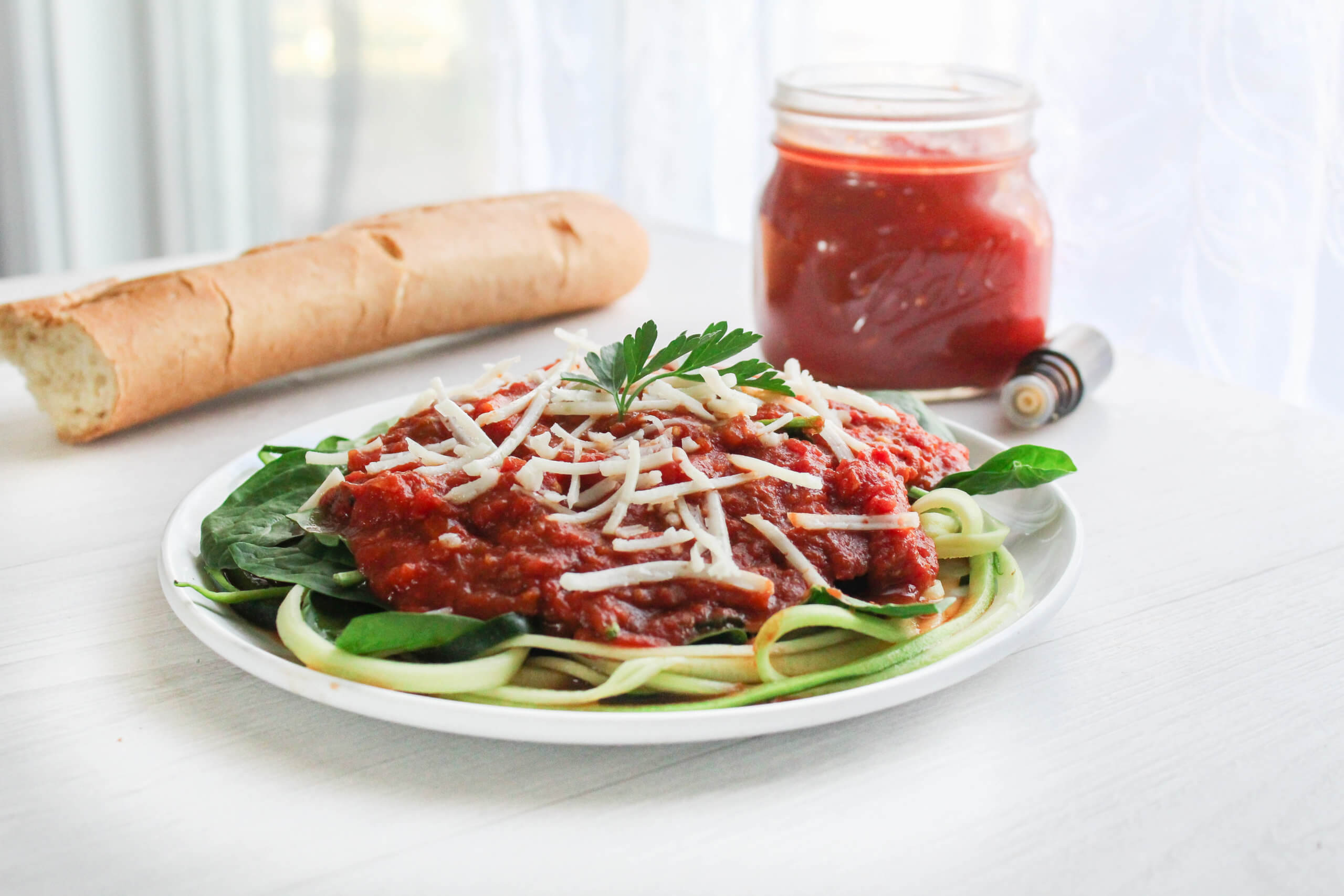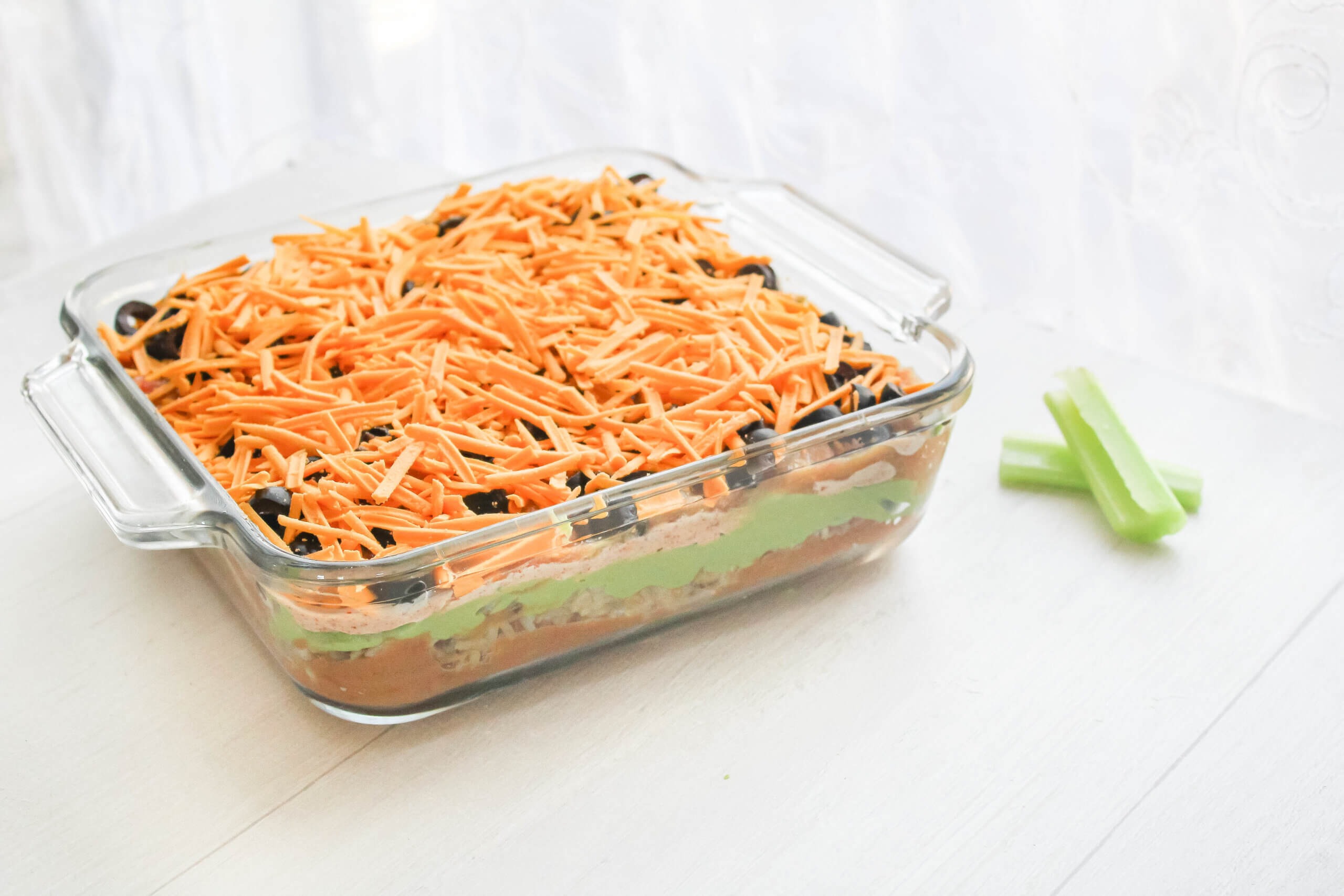Table of Contents
Benefits of Lacto-Fermented Vegetables
History tells us that cultures around the world used fermenting to preserve vegetables. Unknowingly, these people were creating superfoods full of healthy microorganisms, also known as probiotics.
Oddly enough, processed foods have made eating cultured dairy and veggies less desirable for many people today, but I don’t see why. Fermented veggies such as sauerkraut, pickles, and kimchi are fantastic. Here are a few reasons to try this recipe.
Boosts the Immune System
Those who ate lacto-fermented foods enjoyed bowel regularity, robust immune systems, and healthy, long lives because of their efforts. Did you know that 80% of your immune system is housed in your gut? (1) That’s why we need to eat a diet rich in probiotics. Doing so counteracts all the toxins we encounter in our water, air, and food.
Prevents Cardiovascular Disease
Did you know fermented foods are great for your heart? In particular, kimchi can help balance lipid levels, leaving your body less at risk for heart disease. (2) Of course, heart-healthy foods work best in conjunction with a healthy diet and proper exercise!
May Improve Mental Health
Who could guess that healthy gut bacteria is tied to a positive mental state? It’s true! An abundance of unhealthy gut bacteria can cause inflammation and digestive issues, and even disrupt the brain. (3)
Including these bioactive foods in your diet can increase the number of good bacteria in your body, which for some people, can improve mental health.
What Is Kimchi?
Kimchi is a delectable fermented dish that originated in Korea. The purpose of fermenting vegetables was to make them last longer, and it’s tradition to include a little kimchi in most meals. While recipes across the board differ, this side dish always contains cabbage, salt, and garlic.
This recipe includes a few different veggies, like onions and peppers. When vegetables ferment, they gain a tangy, sharp taste and tender texture. Fermenting is an easy way to use excess produce and a great way to implement no-waste practices into your life. The best part about kimchi is that one jar can last a few months when stored in the refrigerator.
Some kimchi recipes are spicy, but this one is not, making it perfect for families!
Kimchi Ingredients 101
Kimchi may sound fancy, but it’s made of simple ingredients. Here’s what you need to add to your shopping list.
Cabbage: The base of this easy kimchi recipe is cabbage, a cruciferous vegetable. These veggies are among the best for you and contain phytonutrients, like sulfur, that can fight cancer. (4) These properties are activated when the cruciferous veggies are chewed or chopped. God is so creative!
Bell Peppers: Crisp peppers add so much texture! Certain varieties of this vegetable are high in beta-carotene which your body converts to vitamin A. (5) You can use whatever you have on hand, but I prefer a mix of red, green, and yellow or orange peppers. Vitamin A is crucial for a robust immune system and good vision, and it even affects specific organs. (6) We recommend making your plate as colorful as you can!
Garlic: Fermenting garlic makes the flavor more potent. It also infuses the kimchi with a touch of spice. I’m sure you’ve heard of many home remedies surrounding garlic. While it’s not a cure-all, these remedies have some truth. Garlic is anti-inflammatory and can help your body ward off germs. (7) It’s a delicious addition to any savory recipe!
Red Onion: There’s nothing better than pickled onions! Fermenting these veggies only increases their nutrients! (8) Onions are from the allium genus, and these components are linked to a reduced risk of cancer. Onions fight off certain types of bacteria, which makes them an excellent choice for this recipe. (9)
Sea Salt: Table salt undergoes a rigorous harvesting process that leaves it stripped of necessary nutrients. We recommend using Colima sea salt because it’s hand-harvested, which leaves the good stuff intact. Plus, it tastes great and adds a gourmet flair to any recipe.
If you don’t have sea salt, you can always use pink Himalayan salt.
Make My Easy Kimchi Recipe
This recipe is one of the best kinds..fix it and forget it! Within minutes, you’ll have a jar of crisp veggies ready to ferment.
- 1 head organic cabbage
- 3 organic bell peppers (any color)
- 1 garlic clove
- ½ organic red onion
- 2 tablespoons freshly ground pink Himalayan salt or sea salt
- 16 ounces purified or distilled water
- Large mixing bowl
- Glass jars and lids
- Finely chop the cabbage, bell peppers, garlic, and onion. Combine all the veggies in a big bowl.
- Rub sea salt into the vegetables and let sit for 6 hours to draw out the brine.
- Pack vegetables and their juices into a mason jar. If using, place fermenting weights on top.
- If the vegetables are not completely submerged in brine, add purified water until they’re fully covered.
- Place the lid on the jar and let sit on the counter for 24 hours.
- After the first 24 hours, “burp” your jar every 12 hours by opening up the lid and closing quickly. Do this for the first week. This allows air to come in and feed the bacteria that are fermenting the veggies.
- After the first week, let it sit for another 2-3 weeks, always making sure the liquid covers your vegetables.
- Store in the refrigerator.
Step One: Prep the Vegetables
Finely chop the cabbage, bell peppers, garlic, and onion. Place in a large bowl and mix until well combined.
Step Two: Add Sea Salt
Rub sea salt into the vegetables and let them sit for 6 hours to draw out the brine.
Step Three: Ferment the Kimchi
Pack the vegetables and their juices into a mason jar. I like adding fermenting weights on top to keep the veggies submerged in the brine.
Add purified water if the veggies aren’t totally covered. This ensures that every bit of kimchi is fermented.
Place the lid on the jar and let sit on the counter for 24 hours. After the first 24 hours, “burp” the jar every 12 hours by opening the lid and closing quickly. Do this for the first week to feed the bacteria that ferment the kimchi.
Let the kimchi sit for another 2-3 weeks. The time it takes to ferment your kimchi may vary based on the temperature of your kitchen and other factors. Make sure the liquid is always covering your vegetables!
Store in the refrigerator. When stored properly, your kimchi will last several months.
Spicy Kimchi Variation
You may prefer spicier kimchi, which is easy to make. Simply follow our base kimchi recipe and add 1 diced spicy garden pepper. We love using jalapenos, habaneros, and even ghost or Carolina reaper peppers! You can also use 1/2-1 teaspoon of cayenne pepper, as shown in the photo. Adjust the recipe to fit your family’s preference!
- 1 head organic cabbage
- 3 organic bell peppers (any color)
- 1 garlic clove
- ½ organic red onion
- 1 spicy garden pepper, diced OR ½-1 teaspoon organic ground cayenne pepper*
- 2 tablespoons freshly ground pink Himalayan salt or sea salt
- 16 ounces purified or distilled water
- Large mixing bowl
- Glass jars and lids
- Finely chop the cabbage, bell peppers, garlic, onion, and spicy peppers (if using). Combine all the veggies in a big bowl.
- Rub sea salt and cayenne (if using) into the vegetables and let sit for 6 hours to draw out the brine.
- Pack vegetables and their juices into a mason jar. If using, place fermenting weights on top.
- If the vegetables are not completely submerged in brine, add purified water until they’re fully covered.
- Place the lid on the jar and let sit on the counter for 24 hours.
- After the first 24 hours, “burp” your jar every 12 hours by opening up the lid and closing quickly. Do this for the first week. This allows air to come in and feed the bacteria that are fermenting the veggies.
- After the first week, let it sit for another 2-3 weeks, always making sure the liquid covers your vegetables.
- Store in the refrigerator.
- https://pubmed.ncbi.nlm.nih.gov/33803407
- https://pubmed.ncbi.nlm.nih.gov/23444963/
- https://www.ncbi.nlm.nih.gov/pmc/articles/PMC5641835/
- https://whfoods.com/genpage.php?tname=btnews&dbid=125
- https://pubmed.ncbi.nlm.nih.gov/15186108/
- https://ods.od.nih.gov/factsheets/VitaminA-Consumer/
- https://pubmed.ncbi.nlm.nih.gov/25961060/
- https://pubmed.ncbi.nlm.nih.gov/25215621/
- https://pubmed.ncbi.nlm.nih.gov/29567221/















